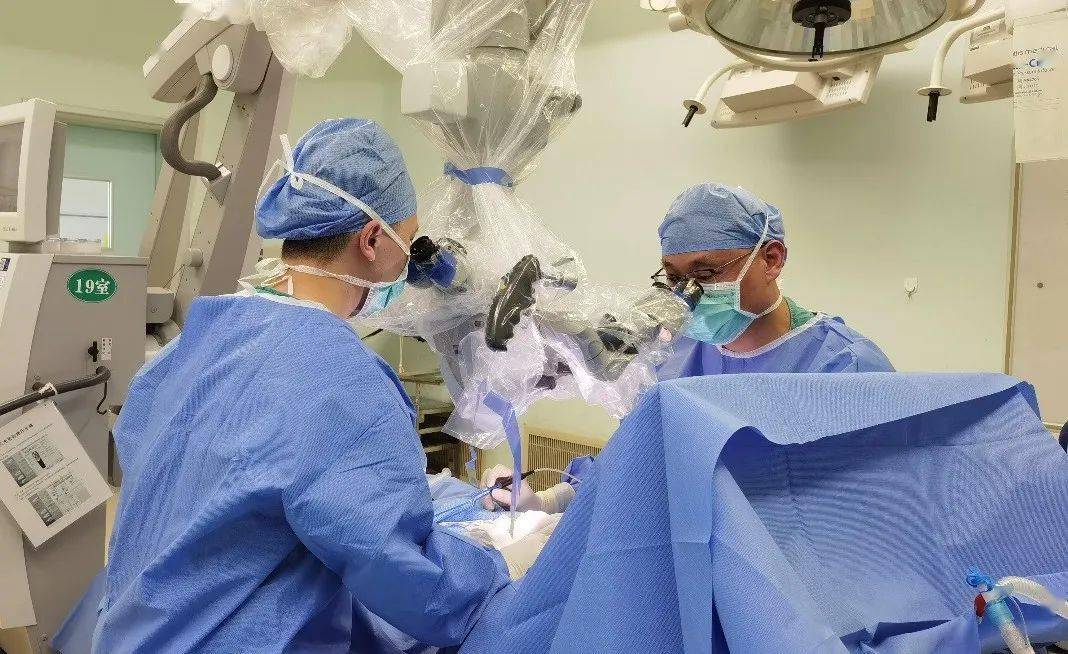International consensus on perioperative management of testicular microtesticular sperm extraction (micro-TESE)
I. Background and clinical significance
Non-obstructive azoospermia (NOA) is the most serious type of male infertility. Microtesticular sperm extraction (micro-TESE) has been widely used worldwide as the primary means of obtaining sperm in patients with NOA. Its perioperative management covers key aspects such as patient education, endocrine evaluation, microsurgical operation, enhanced recovery after surgery (ERAS), testicular sperm freezing and thawing technique, and long-term follow-up. Standardized perioperative management is essential to improve sperm retrieval rate (SRR) and assisted reproductive technology (ART) outcomes.

History of technology development
Origin: First proposed by Schlegel’s team in 1999, the technique identifies and extracts spermatozoa from focal seminiferous tubules by microscopic manipulation.
Recommended by international guidelines:
American Society for Reproductive Medicine (ASRM): micro-TESE is the procedure with the highest SRR in patients with NOA (Level of evidence: 1A).
European Association of Urology (EAU): 2022 guidelines clearly recommend micro-TESE as the procedure of choice.
Evidence-based: 2022 randomized controlled trial by Jensen et al. confirmed that micro-TESE has significantly better SRR than conventional testicular biopsy (cTESE).
III. Indications and contraindications
Indications:
Idiopathic NOA, Creutzfeldt-Jakob syndrome (47,XXY), Y chromosome AZFc deletion, azoospermia after cryptorchidism.
Azoospermia after radiotherapy, hypogonadotropic hypogonadism (HH) for which endocrine therapy is ineffective.
Contraindications:
Genetic: AZFa/AZFb deletion, 46,XX sex reversal syndrome, TEX11 gene mutation.
Systemic contraindications: coagulation disorders, acute reproductive infections, severe cardiopulmonary diseases.
IV. Preoperative assessment and optimization
Multidimensional assessment:
Male examination: testicular volume (ultrasound measurement), sex hormones (FSH, LH, testosterone).
Genetic testing: karyotype, Y chromosome microdeletion, male infertility gene Panel.
Spousal fertility: ovarian reserve function (AMH, AFC) and ART feasibility.
Preoperative medication:
Gonadotropins (hCG/hMG): stimulate testosterone synthesis in the testes.
Estrogen receptor modulators (SERMs): clomiphene or tamoxifen upregulate FSH/LH levels.
Aromatase inhibitors (AIs): Letrozole reduces the conversion of testosterone to estrogen.
V. Surgical Practice
Anesthesia and incision:
General anesthesia is preferred, with a midline or bilateral longitudinal incision in the scrotum to expose the testis.
Key points of microscopic operation:
Identification of spermatogenic tubules: full tubules with a diameter of >300 μm are preferred.
Hemostatic technique: microscopic bipolar electrocoagulation (power ≤5 W) combined with saline rinsing to reduce thermal damage.
Sperm processing:
Intraoperative microscopy: preferential use of fresh sperm for intracytoplasmic single sperm injection (ICSI).
Freezing strategy: micro sperm freezing (Cryopiece technique) or testicular tissue freezing.
VI. Postoperative management and complications
Accelerated rehabilitation (ERAS):
Pain control: nonsteroidal anti-inflammatory drugs (NSAIDs) combined with local glucocorticoid sheath cavity irrigation.
Activity instruction: 24 hours postoperative bed rest, avoid strenuous exercise for 1 week.
Complication prevention:
Hematoma and infection: incidence <5%, strict asepsis and intraoperative hemostasis.
Testicular atrophy: rare (<2%), most often seen in patients with small testes (volume <4 mL).
VII. Secondary surgery and long-term follow-up
Secondary surgery indications:
Failure of first micro-TESE but good genetic prognosis (e.g., Creutzfeldt-Jakob syndrome, idiopathic NOA).
Interval ≥ 3 months, preferred contralateral testicular exploration.
Follow-up focus:
Sexual function: assess IIEF-5 score at 3 months postoperatively, focusing on symptoms of testosterone deficiency.
Hormone level: review testosterone at 6-12 months postoperatively and initiate replacement therapy if necessary.
VIII. Laboratory quality control
Sperm freezing:
Cryoprotectant: glycerol-egg yolk-sodium citrate complex (lowest toxicity).
Recovery success rate: ≥90% (empirical center data).
ICSI sperm selection:
Morphological criteria: oval head, intact acrosome, no malformation at the tail (exclude vacuolar head/short tailed spermatozoa).
IX. Future Direction
Technological innovation: artificial intelligence-assisted spermatogenic tubule identification, single-cell sequencing to guide individualized sperm retrieval.
Genetic counseling: integration of whole-exome sequencing (WES) and polygenic risk score (PRS) to optimize patient stratification.
相关推荐
- International Fertility Experts Reveal 4 Golden Rules for Ovarian Function Assessment
- The optimal range for egg retrieval in IVF: 8–15 eggs yield the highest live birth rate
- Why do fertility doctors always advise you to do IVF before it’s too late?
- Scientific Selection Guide for Natural Fertilization vs IVF
- Deadly Warning of Fetal Motion Disappearing at 38 Weeks|International Center for Perinatal Medicine
Search within the site
Surrogacy News
Hot Tags.
Georgia Surrogacy Services,Legal IVF Hospital,Global Fertility Agency